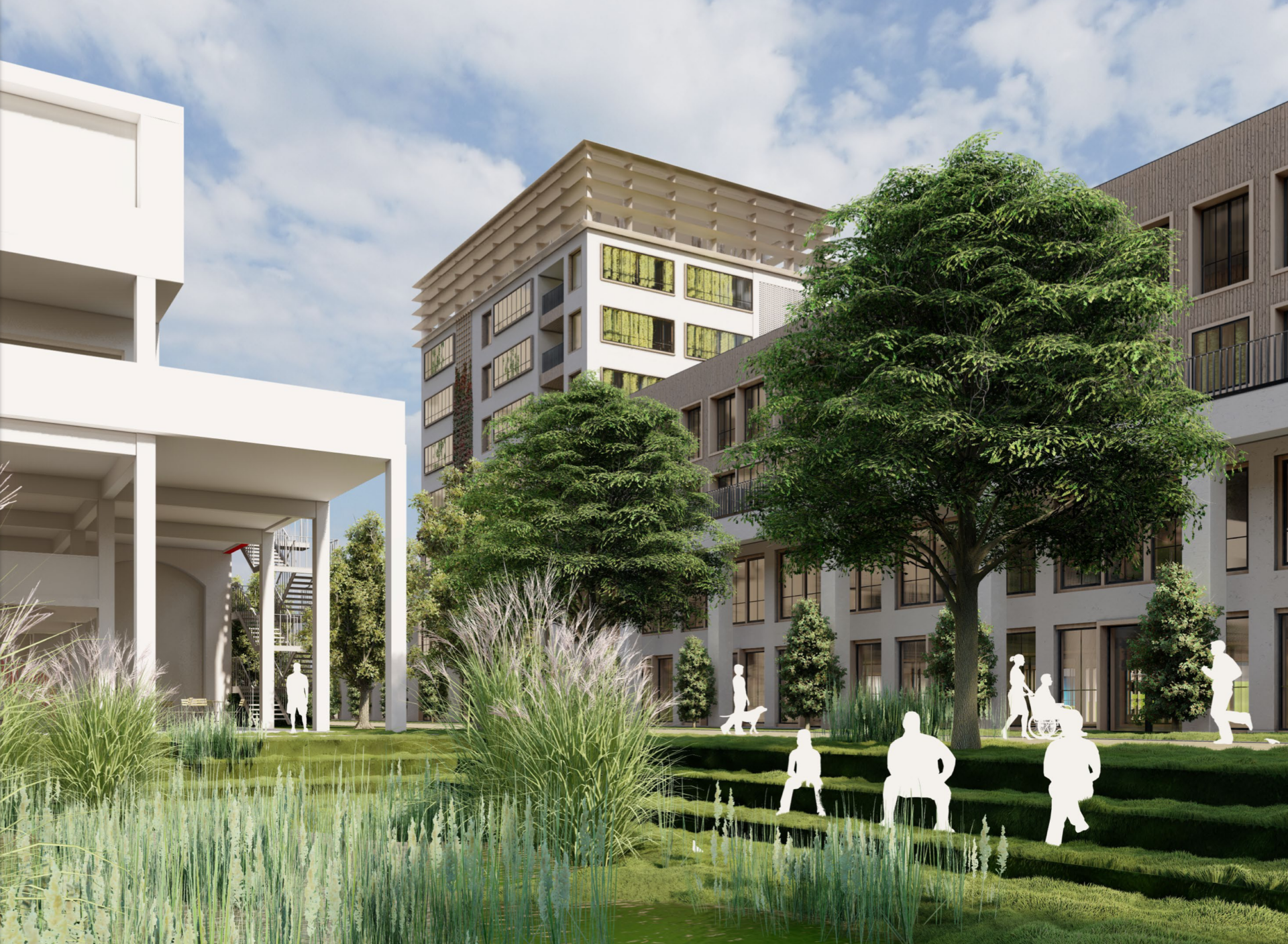Foodakker
© Emile Castelain, Mathias Casteleyn, Kjell Lemaire, Silke Lembreght, Anne-Lien Maekelbergh
Foodakker
© Emile Castelain, Mathias Casteleyn, Kjell Lemaire, Silke Lembreght, Anne-Lien Maekelbergh
Foodakker
© Emile Castelain, Mathias Casteleyn, Kjell Lemaire, Silke Lembreght, Anne-Lien Maekelbergh
Foodakker
© Emile Castelain, Mathias Casteleyn, Kjell Lemaire, Silke Lembreght, Anne-Lien Maekelbergh
Foodakker
© Emile Castelain, Mathias Casteleyn, Kjell Lemaire, Silke Lembreght, Anne-Lien Maekelbergh
Foodakker
© Emile Castelain, Mathias Casteleyn, Kjell Lemaire, Silke Lembreght, Anne-Lien Maekelbergh
Foodakker
© Emile Castelain, Mathias Casteleyn, Kjell Lemaire, Silke Lembreght, Anne-Lien Maekelbergh
Foodakker
© Emile Castelain, Mathias Casteleyn, Kjell Lemaire, Silke Lembreght, Anne-Lien Maekelbergh
Foodakker
© Emile Castelain, Mathias Casteleyn, Kjell Lemaire, Silke Lembreght, Anne-Lien Maekelbergh
Foodakker
© Emile Castelain, Mathias Casteleyn, Kjell Lemaire, Silke Lembreght, Anne-Lien Maekelbergh
Foodakker
© Emile Castelain, Mathias Casteleyn, Kjell Lemaire, Silke Lembreght, Anne-Lien Maekelbergh
Foodakker
© Emile Castelain, Mathias Casteleyn, Kjell Lemaire, Silke Lembreght, Anne-Lien Maekelbergh
Foodakker
© Emile Castelain, Mathias Casteleyn, Kjell Lemaire, Silke Lembreght, Anne-Lien Maekelbergh
Foodakker
© Emile Castelain, Mathias Casteleyn, Kjell Lemaire, Silke Lembreght, Anne-Lien Maekelbergh
Foodakker
© Emile Castelain, Mathias Casteleyn, Kjell Lemaire, Silke Lembreght, Anne-Lien Maekelbergh
Foodakker
© Emile Castelain, Mathias Casteleyn, Kjell Lemaire, Silke Lembreght, Anne-Lien Maekelbergh
Foodakker
© Emile Castelain, Mathias Casteleyn, Kjell Lemaire, Silke Lembreght, Anne-Lien Maekelbergh
Foodakker
© Emile Castelain, Mathias Casteleyn, Kjell Lemaire, Silke Lembreght, Anne-Lien Maekelbergh
Foodakker
© Emile Castelain, Mathias Casteleyn, Kjell Lemaire, Silke Lembreght, Anne-Lien Maekelbergh




















FOODAKKER
OOSTAKKER, BELGIUM
EMILE CASTELAIN, MATHIAS CASTELEYN, KJELL LEMAIRE, SILKE LEMBREGHT, ANNE-LIEN MAEKELBERGH
2021
The story of food in Oostakker dates back to the middle ages when the centre of Oostakker was a place of food production and when it served under the Sint-Baafs abbey in Ghent. Nowadays the only reminiscent of this village production is the triangular shape of the city Center plaza. The connotation of food shifted from a local commodity towards an anonymous product of import.
With project FoodAkker we want to reintroduce this lost part of Oostakkers identity and thereby shorten the distance between food production and its consumers. As the food team, we advocate for the idea of urban farming as a sustainable alternative for the invasive monoculture practice we know today and perceive urban farming as a catalyst for the creation of communities.
Circularity and closing cycles prioritize local food production in connection with the project. Waste is prevented as much as possible by extensive reuse and repurposing of materials and energy.
Food production forms the fundaments of social interaction. It’s a visible element in the living environment and functions as a conversation starter. The transparency in the food chain makes our site also an inspirational place to educate people on urban farming in the green city.
Not only is food used to create a strong community, but also for economic practice. New jobs come to the village of Oostakker like bioengineers in the high tech LED farm, but also people who are physically or mentally challenged can be emancipated with fully-fledged jobs in the food chain.
In this way, consumption and production intertwine. Those food concepts, combined with other innovative techniques create a project with a sustainable future to become a climate positive project.




